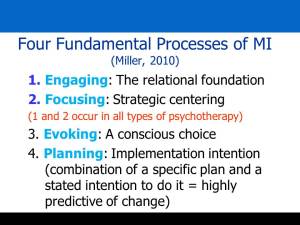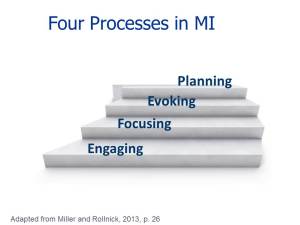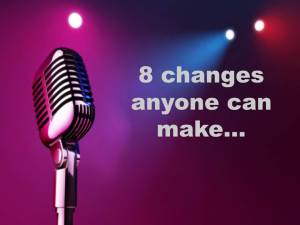It’s all about creativity, reflexivity and connectivity
Teaching as informing is a short-term solution to a long-term problem. Today, providing information is secondary to engaging peoples’ interest and motivation so much that they will want to seek out more and more, beyond the boundaries of the boardroom, lecture hall or online discussion forum. It’s about meta-teaching…teaching others to become their own teachers.
Daniel Pink, in A Whole New Mind, describes how the information age has undergone a seismic shift to the conceptual age. Meaning that the left brain skills of information management/analysis have been surpassed by the right brain skills of creativity, reflexivity and connectivity.
In the conceptual age, educators and presenters need to go way beyond informing because:
a. The information that the presenter deems essential may not align with the relevance and priorities of the audience; so that means little incentive for long-term retention.
b. People generally don’t remember much of what they hear. Or if they do, the half-life of information is pretty short, so there isn’t much impact to be realized if our focus is on the content of a presentation.
c. Even if the information is relevant and memorable, our knowledge landscape is a moving target – information changes so rapidly that what is current today quickly becomes out of date.
And that is where transformative learning comes in…
Introduced by Jack Mezirow in 1997, transformative learning is about engaging peoples’ underlying assumptions and facilitating change in frames of reference. Think of it as that “aha!” moment, when a whole new concept seems to snap into place and suddenly we see things from a new and broader perspective. Signal moments in learning are accompanied by affect – delight, surprise, disappointment, satisfaction, excitement – extending beyond solely cognitive-based insight or understanding.
How can we as educators make this magic happen in our day-to-day work? Well, transformative learning presupposes transformative teaching (if teaching is the right word in this context) (a.k.a. transformative faculty development?). And in turn, transformative teaching implies…teaching about teaching. Meta teaching.
Both the words and the music. Play that funky music.












